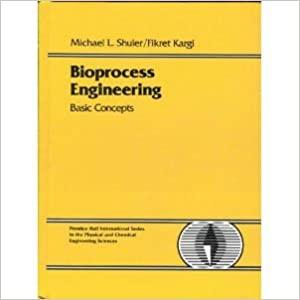Question
From the following scenario determine the Methodology used and model operation test in terms of : Explanation, why combination of two modeling methods is necessary
From the following scenario determine the Methodology used and model operation test in terms of :
- Explanation, why combination of two modeling methods is necessary
2. simulation was done for all delays required
3. model includes graphs for visualization
Complex system description Two clients are staying in a guest house, where each of them has its own shower, but the same geyser feeds hot water to both shower cabins simultaneously. When both clients are taking shower at the same time, interesting temperature fluctuations at each shower head can exist due to the fact that pipe length from each shower to the geyser are not the same. Therefore, the time delays in the system are not equal. When client changes tap position to control the hot water flow rate from geyser to his shower head, temperature in the geyser changes, because the mass of water passing through the geyser per unit of time (flow rate) changes. Figure 1 System Dynamics model of 2 showers operating from the same geyser. T1- temperature of water in shower 1; T2 - - temperature of water in shower 2. The geyser operates at constant power input Q=4500 Watts. Client can also change cold and hot water flow rates in the range 0.0002 0.001 kg/s. Temperature of cold water is constant and equal to Tin=16 C. Specific heat capacity of water Cp = 4181 J/(kg*C). Example of the system is shown (Fig. 1) Power balance around geyser can be written as: Power coming in Power going out = Power accumulation [Watt] There are two sources of incoming power. The power coming in with cold water: Power coming in = Hot_Water_Flowrate_*Water_Heat_Capacity * Incoming_Water_Temperature [Watt] The power coming from heating element in the geyser is constant Q=4500 Watt The power going out of the geyser: Power going out = Hot_Water_Flowrate_* Water_Heat_Capacity * Outgoing_Water_Temperature The accumulated power is the difference between incoming and outgoing powers. The outlet temperature Tout can be calculated from thermodynamics as : Tout = Accumulated Power/( Hot_Water_Flowrate * Water_Heat_Capacity) On the supplied diagram, Accumulated Power is represented by stock variable Energy After mixing of hot and cold streams with flowrates G_hot1 and G_cold_1, water temperature T1 in the shower of client 1: T1 = (G_hot1 * T_hot + G_cold_1 * Tin) / (G_cold_1 + G_hot1) Where T_hot is hot water stream temperature, Tin is cold water stream temperature. Due to the fact that pipes have certain lengths, there are delays between changing the value of hot water flow rates and observation of the changed hot water temperature. This has to be reflected in the model. ANYLOGIC has function called delay: Flow_after_delay = delay(input, delayTime) where input is the flow or parameter which serves as refence for delay, and delayTime is the value of delay. In the example model, interim variable Thot = delay(Tout, 5.5) is delayed by 5.5 second with reference to variable Tout. Interim variable Thot is used in calculation of the temperatures T1 in shower 1 and t2 in shower 2. Also delay function is used to calculate total hot water flow from geyser G_hot = 0.05+ delay(G_hot1,5) + delay(G_hot2,6) When clients manipulate with taps and vary values of flow rates G_hot1 and G_hot2 (during model development, you can use sliders in your model for this purpose -before you introduce the agents) , the results of such manipulations will be seen by clients after some time (delay value!) because it takes time for the new water molecules to pass through the geyser and travel the pipe lengths before they will reach the shower head. Typical operation of the model is presented in the Figure 2 Figure 2 Typical operation of SD part of a model - What you need to do: Develop a multi-method model to simulate a process when two clients are taking the shower simultaneously.
Step by Step Solution
There are 3 Steps involved in it
Step: 1

Get Instant Access to Expert-Tailored Solutions
See step-by-step solutions with expert insights and AI powered tools for academic success
Step: 2

Step: 3

Ace Your Homework with AI
Get the answers you need in no time with our AI-driven, step-by-step assistance
Get Started


